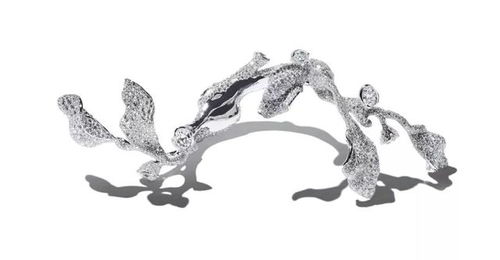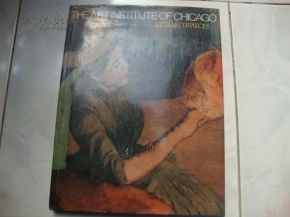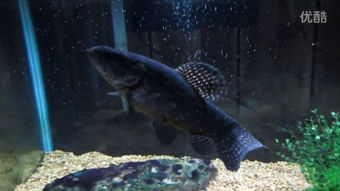Content:
Fishing, an age-old pastime, has captivated anglers around the world with its serene allure and the thrill of the catch. One of the most crucial aspects of fishing is understanding how to choose and prepare the right bait. This article delves into the art of fishing, offering expert tips on selecting the perfect bait and mastering the technique of bait preparation, ensuring a successful and enjoyable fishing experience.
Understanding Your Target Fish
Before delving into the specifics of bait preparation, it's essential to understand the species of fish you are targeting. Different fish species have varying preferences when it comes to bait. Here are some common fish and their preferred baits:
Largemouth Bass: These fish are notorious for their voracious appetites. Live bait like worms, crickets, and minnows are often effective. Artificial lures such as spinnerbaits, crankbaits, and plastics can also be productive.
Trout: Trout are often picky eaters, preferring natural baits like flies, worms, and grubs. Artificial baits like streamers and soft plastics can also be successful.

Catfish: Catfish are bottom feeders and are known to be attracted to a variety of baits, including cut bait, live bait, and prepared baits like dough balls or stink baits.
Salmon: Salmon are typically attracted to larger baits like herring, smelt, or salmon eggs. Artificial lures such as spoons and flashers can also be effective.
Choosing the Right Bait
Once you've identified your target fish, the next step is to choose the right bait. Here are some factors to consider:
- Size: The size of the bait should be proportional to the size of the fish you're targeting. Larger fish require larger baits, while smaller fish are more likely to be attracted to smaller baits.
- Texture: The texture of the bait should mimic the natural prey of the fish. For example, a fish that eats insects would be attracted to a bait with a wriggly texture.
- Color: The color of the bait can also influence the fish's response. Bright colors like red, white, and chartreuse can be effective in murky water, while natural colors like green, brown, and black may be better in clear water.
Preparing the Bait
The way you prepare your bait can significantly impact your success on the water. Here are some techniques for different types of baits:
Live Bait: Live bait, such as worms, minnows, or leeches, should be kept alive and active. Store them in a bait bucket with water or a bait holder that keeps them aerated.
Dead Bait: Dead bait, like cut bait or nightcrawlers, should be kept moist. Wrap them in a damp cloth or a bait bucket with wet moss to prevent them from drying out.
Artificial Lures: Artificial lures often require some preparation, such as adding weight or balancing them for specific techniques. Read the instructions on the lure or consult with experienced anglers for tips.
Natural Baits: Natural baits like corn, berries, or cheese can be used directly. However, it's often beneficial to add a little scent to enhance their appeal.
The Art of Bait Preparation
Bait preparation is an art that can make the difference between a good catch and a great one. Here are some tips to help you master the technique:
- Consistency: Whether you're using live, dead, or artificial bait, consistency is key. Keep your bait presentations consistent in size, color, and action to understand what works best for your target fish.
- Scent: Adding a scent to your bait can be incredibly effective. Choose a scent that mimics the natural prey of the fish you're targeting. Some anglers prefer to mix their own scents, while others opt for pre-made formulas.
- Presentation: The way you present your bait can be as important as the bait itself. Experiment with different retrieves, twitches, and presentations to see what the fish respond to best.
- Adaptability: Be prepared to adapt your technique based on the conditions and the fish's behavior. If you're not getting bites, try changing your bait, color, or presentation.
In conclusion, mastering the art of fishing involves understanding your target fish, choosing the right bait, and perfecting the technique of bait preparation. By following these tips and experimenting with different approaches, you'll be well on your way to becoming a seasoned angler who can consistently catch fish. Happy fishing!












